Maya News Updates 2007, No. 65: Ix Chel, Vaca Plateau, Belize - New Evidence on the Demise of the Classic Maya
Recently Quaternary Research: An Interdisciplinary Journal, which focuses on studies in the earth and biological sciences, published an article written by Polk, van Beynen, and Reeder on recent environmental research at the site of Ix Chel, Vaca Plateau, Belize (the site of Ix Chel was discovered in the early 1990s). A short review of the article, entitled "Late Holocene environmental reconstruction using cave sediments from Belize," appeared on the website of CO2 Science, a site hosted by the Center for the Study of Carbon Dioxide and Global Change (edited by MNU):
Review of "Late Holocene environmental reconstruction using cave sediments from Belize" (Polk, van Beynen, and Reeder; 2007) - Polk et al. analyzed environmental changes on Belize's Vaca Plateau via "vegetation reconstruction using δ13C values of fulvic acids extracted from cave sediments," which provide "a proxy record of Maya alteration of the environment through agricultural practices," in conjunction with "speleothem carbon and oxygen isotope data from another nearby cave in the study area" that "provide information regarding climate variability."
Starting at approximately AD 500, according to the three researchers, increasingly more negative δ13C values in the sediment record indicate "the declining practice of agriculture," which they say is "characteristic of a C3-dominated environment receiving little contribution from the isotopically heavier C4 agricultural plants." This inference makes sense, because (1) the period of initial agricultural decline coincides with the well-known Maya Hiatus of AD 530 to 650, which was driven by an increasing "lack of available water resources needed to sustain agriculture," and (2) the study area "would likely have been among the first sites [our italics] to be affected by aridity due to its naturally well-drained upland terrain, causing a shift away from agricultural land use that preceded [that of] many other lowland areas."
In line with this scenario, it is not at all surprising Polk et al. report that as early as AD 800 their δ13C values indicate the Vaca Plateau "was no longer used for agriculture, coinciding with the Terminal Classic Collapse" of the Maya, which Hodell et al. (2007) identify as occurring, in total, between AD 750 and 1050. These latter figures thus indicate that the Ix Chel archaeological site on the Vaca Plateau was, indeed, one of the very first sites to say goodbye to the Maya people, as the recurring and intensifying droughts of the Medieval Warm Period gradually squeezed the life out of the Maya's waning culture.
The results of the study of Polk et al. are just another example of the devastating human consequences of the catastrophic droughts that plagued many parts of North, Central and northern tropical South America during the globe-girdling Medieval Warm Period; but as such, they constitute yet another important testament to the reality of the Medieval Warm Period and its "globe-girdling" nature (see also, in this regard, the CO2 Science's "Medieval Warm Period Project").
Starting at approximately AD 500, according to the three researchers, increasingly more negative δ13C values in the sediment record indicate "the declining practice of agriculture," which they say is "characteristic of a C3-dominated environment receiving little contribution from the isotopically heavier C4 agricultural plants." This inference makes sense, because (1) the period of initial agricultural decline coincides with the well-known Maya Hiatus of AD 530 to 650, which was driven by an increasing "lack of available water resources needed to sustain agriculture," and (2) the study area "would likely have been among the first sites [our italics] to be affected by aridity due to its naturally well-drained upland terrain, causing a shift away from agricultural land use that preceded [that of] many other lowland areas."
In line with this scenario, it is not at all surprising Polk et al. report that as early as AD 800 their δ13C values indicate the Vaca Plateau "was no longer used for agriculture, coinciding with the Terminal Classic Collapse" of the Maya, which Hodell et al. (2007) identify as occurring, in total, between AD 750 and 1050. These latter figures thus indicate that the Ix Chel archaeological site on the Vaca Plateau was, indeed, one of the very first sites to say goodbye to the Maya people, as the recurring and intensifying droughts of the Medieval Warm Period gradually squeezed the life out of the Maya's waning culture.
The results of the study of Polk et al. are just another example of the devastating human consequences of the catastrophic droughts that plagued many parts of North, Central and northern tropical South America during the globe-girdling Medieval Warm Period; but as such, they constitute yet another important testament to the reality of the Medieval Warm Period and its "globe-girdling" nature (see also, in this regard, the CO2 Science's "Medieval Warm Period Project").
The article: Polk, J.S., van Beynen, P.E. and Reeder, P.P. 2007. Late Holocene environmental reconstruction using cave sediments from Belize. Quaternary Research 68: 53-63.
Reference: Hodell, D.A., Brenner, M. and Curtis, J.H. 2007. Climate and cultural history of the Northeastern Yucatan Peninsula, Quintana Roo, Mexico. Climatic Change 83: 215-240.
Reference: Hodell, D.A., Brenner, M. and Curtis, J.H. 2007. Climate and cultural history of the Northeastern Yucatan Peninsula, Quintana Roo, Mexico. Climatic Change 83: 215-240.
(source CO2 Science).







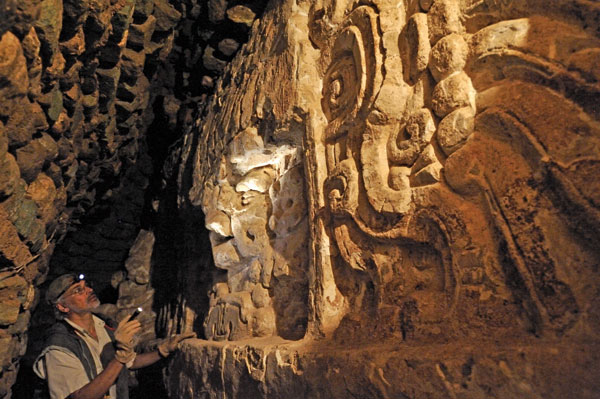
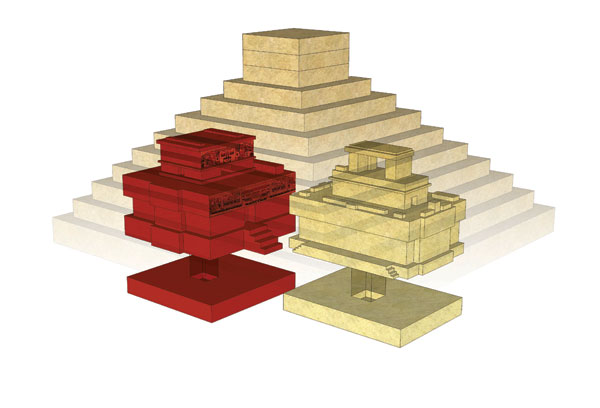
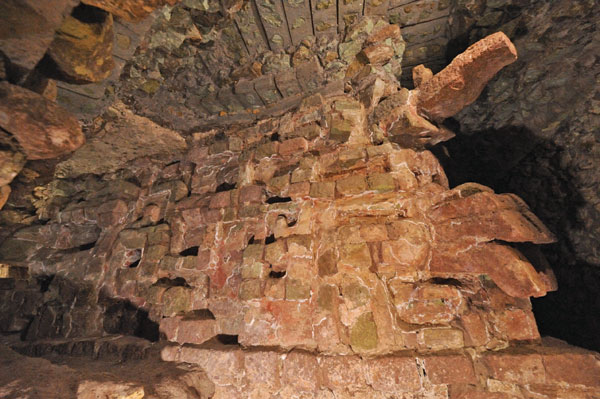





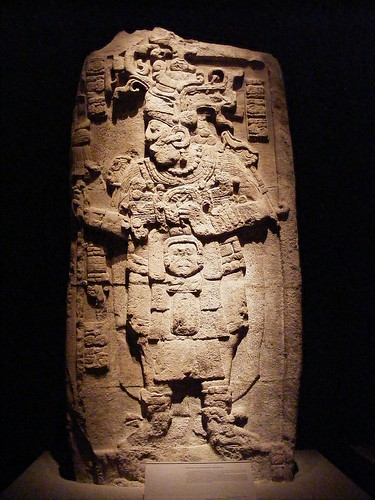


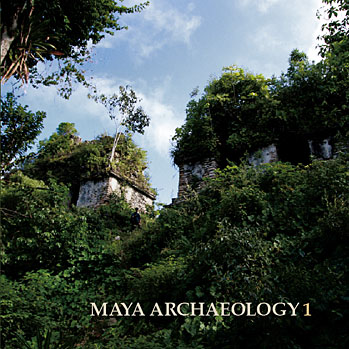









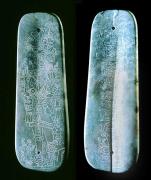







0 Comments:
Post a Comment
<< Home